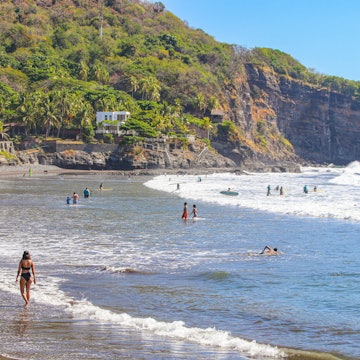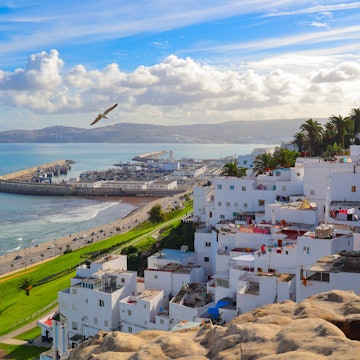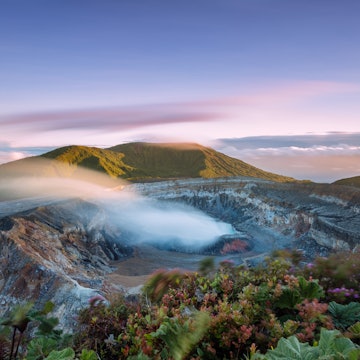

The Arabian Tea House.
With its majestic minarets, vibrant souks and heady experiences, Old Dubai harks back to a bygone era, in a striking contrast to the modern city's shimmering skyscrapers and contemporary attractions. In the 1950's, when Dubai's population numbered just 20,000, this was the center of the city. It includes the working-class neighborhoods of Bur Dubai, Deira and Shindagha, sprawling around Dubai creek — the beating heart of Dubai.

An ancient pearl-diving site with a history spanning thousands of years, this natural creek formed Dubai’s first port. Before oil was discovered in the 1960s, ships arrived here from East Africa, Iran and India to trade gold, textiles and spices in Old Dubai’s souks. The culinary influence of these imports, along with the food of the city’s first immigrants (from Iran and the Indian subcontinent), significantly impacted Emirati cuisine and the city’s overall food culture. A walking foodie tour of Old Dubai reveals the rich tapestry of flavors shaping the diverse cuisine scene that defines the city today.


Begin in the Al Fahidi Historic District along Dubai Creek, where restored 19th-century houses have been transformed into restaurants, museums and boutique hotels. At Arabian Tea House, family recipes inspire hearty Emirati dishes like balaleet (omelet-topped vermicelli), machboos (spiced rice with meat or fish) and saloona (vegetable and meat stew). Nearby, the Bayt Al Khanyar Museum showcases rare Emirati daggers and historical photographs.

Nearby, the Sheikh Mohammed Centre for Cultural Understanding offers guided tours, authentic Emirati meals, and insights into traditions like Arabic calligraphy and gahwa (Arabic coffee). To dive deeper into Dubai’s culinary subcultures go on a curated food walk with local expert Frying Pan Adventures.


Walk to Bur Dubai Souq to browse pashmina shawls, colorful pottery and rugs. From Bur Dubai Abra Station, take an abra (water taxi) across Dubai Creek to Deira Old Souq Abra Station. Grab an Iranian faloodeh (frozen vermicelli dessert) at Jafer Biman Ali Cafeteria, a classic example of Dubai’s beloved cafeterias. Continue through the Spice Souq, where spices and frankincense fill the air, and the glittering Gold Souq. Head to Shiraz Nights for a shawarma sandwich – the city’s favorite street food. Return to Al Fahidi and finish your culinary journey at Al Ustad Special Kebab, a no-frills family-run institution serving juicy kebabs and butter-drenched rice since 1978.

Standout moment
Watch the yellow-beaked seagulls spread their slender wings over abras crossing Dubai Creek. Passengers put away their phones to appreciate the views of colorful wooden dhows (traditional Arabian cargo ships), minarets, heritage architecture, bustling souks and the city’s first skyscrapers. At this seawater inlet between Bur Dubai and Deira, time seems to stand still in a city that changes frequently.
All photographs taken by Natalie Naccache for Lonely Planet.













